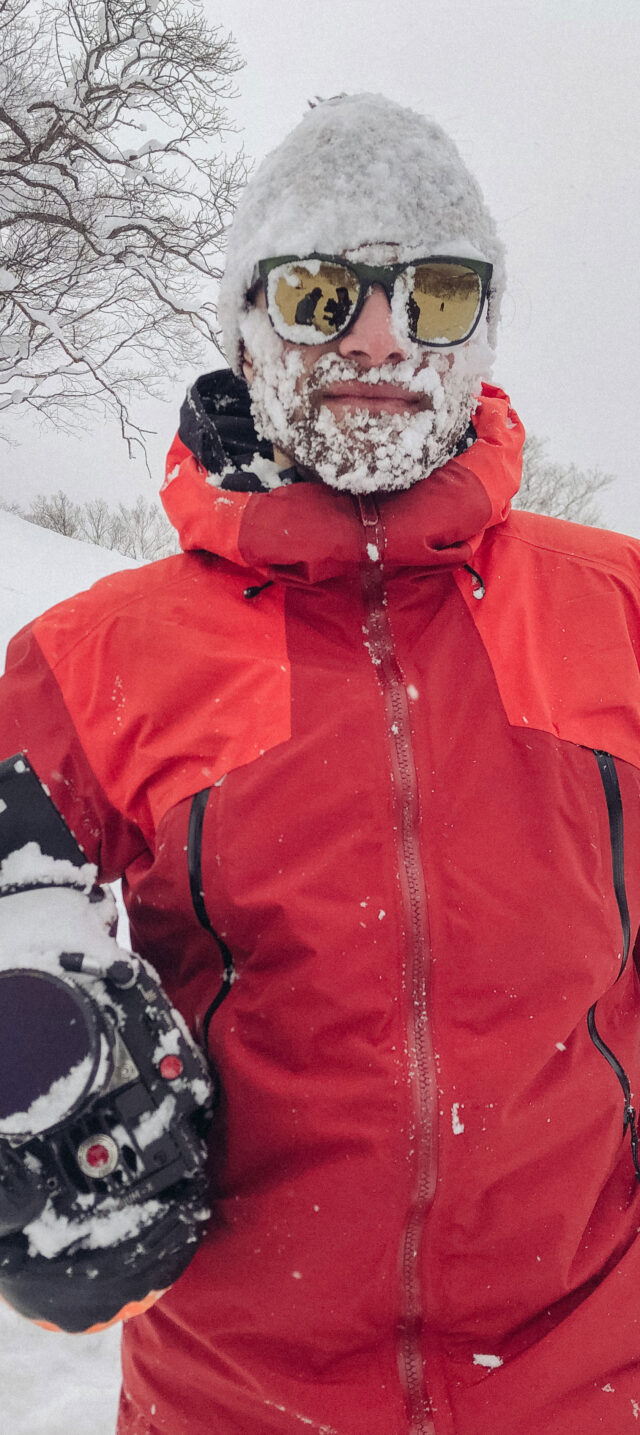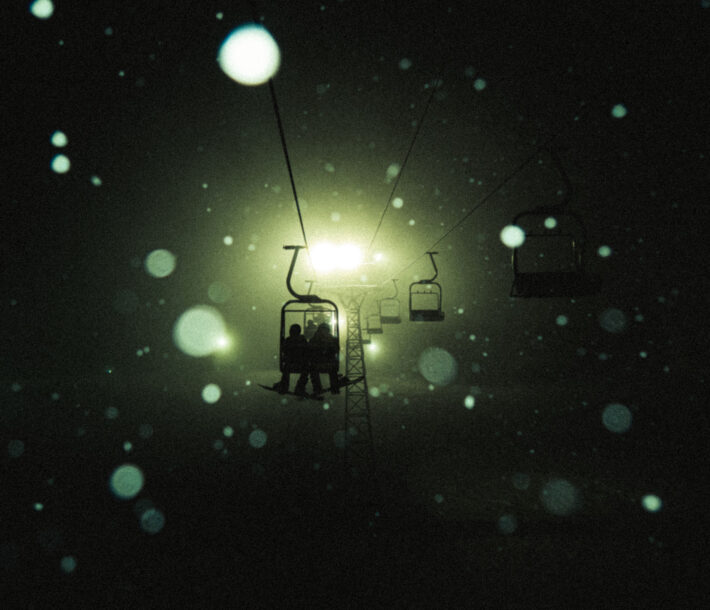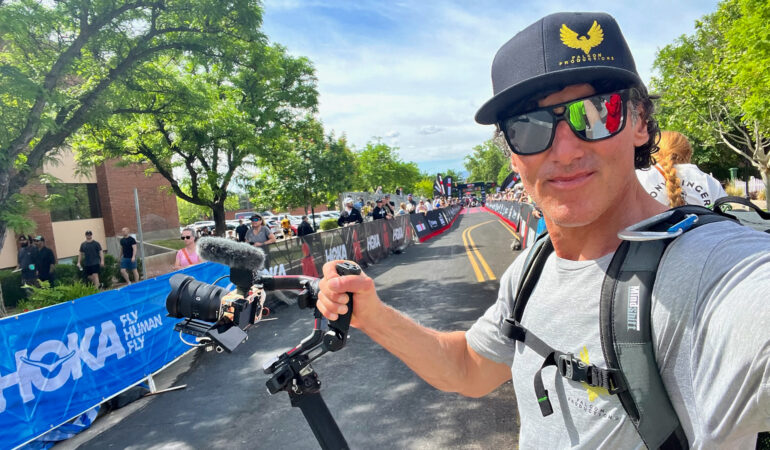Jordan was drawn to film, and now feature length film, because of the opportunity to tell longer stories. “I suppose that when I was doing photography it was more piecemeal,” he says. “With film I can see ideas through from the beginning. I didn’t get that opportunity as much in the photography that I was doing. Filmmaking is more linear. You have to collect more of those moments for a film to work. In photography you can leave a lot out and it will still feel whole—people accept that their imagination will fill in the gaps. In film, too many gaps is not acceptable. It has to make more sense. But that’s the essence of filmmaking. This struggle between how much you leave in how much you leave out. I find film more painful because of what it takes from you. It can be quite tortuous.”
Writing is similar in its choices. Here I’m choosing to leave in something worth knowing about Jordan. In 2012, just as he was transitioning from photography to filmmaking thanks to a 12-part episodic project called “The Skier’s Journey” Arc’Teryx commissioned, Jordan crashed his mountain bike and suffered a traumatic brain injury. As he recovered over three years, he found he could still shoot stills, but he wasn’t capable of committing his entire being to film. That speaks to the consumptive nature of filmmaking at Jordan’s level. Creations this powerful leave the creative wasted, as if they lost blood.












